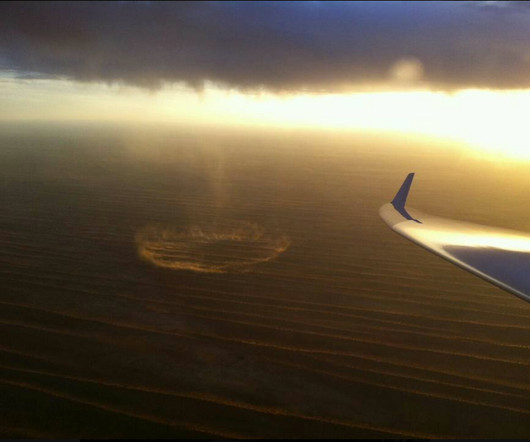Quiz: Understanding Aircraft Performance
Flight Training Central
SEPTEMBER 9, 2024
The result of an alteration in airflow patterns increasing induced drag about the wings of an airplane. What effect does high density altitude have on aircraft performance? What is the headwind component for a landing on Runway 18 if the tower reports the wind as 215° at 30 knots? 187 knots 162 knots 165 knots Correct!











Let's personalize your content